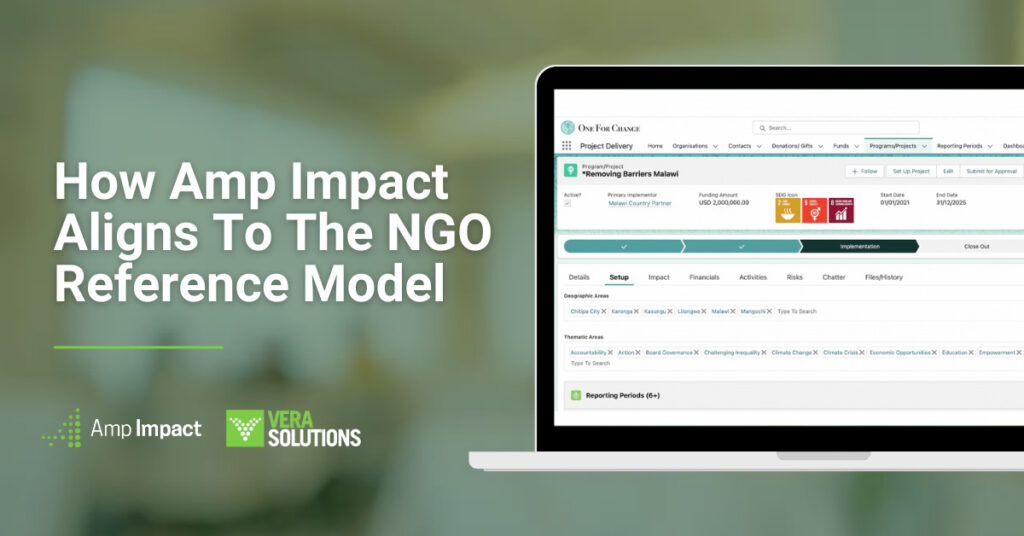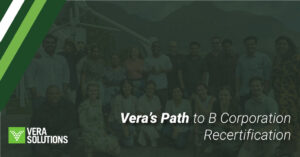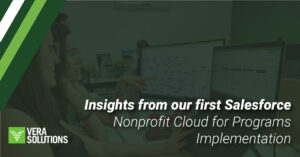NGOs typically adopt an organizational structure and operational model based on their mission, size, funding sources, and specific focus areas. The particular model or approach must align to their mission as well as provide a clear outline of available resources, beneficiaries, regulatory reporting, and donor expectations. Emerging from the NetHope network with a core team from Save The Children, WaterAid, and SOS Children’s Villages International, the NGO Reference Model provides a standardized view of NGO business processes to aid organizations in planning for their digital future.
Amp Impact aligns with the NGO Reference Model, supporting some of the Primary and Enabling Activities with modules to design and manage programs, allocate funding, budget and track expenditure, manage risk, and monitor results against targets on indicators. In this blog post, we explore how Amp Impact aligns with the NGO Reference Model and its benefits for nonprofits of all sizes and all geographies working towards delivering on the Sustainable Development Goals.
What is the NGO Reference Model
“NGOs are being forced to develop and implement on digital strategies to stay relevant to donors and beneficiaries. The NGO Reference Model provides NGOs with a standardised view of business processes that will allow them to plan for their digital future.”
The NGO Reference Model is a framework developed by NetHope, ten international NGOs and 75 business contributors, with the goal of helping NGOs improve their operations and programs. It has been designed to provide flexibility and easy adoption for any NGO size, context and geographies.
The NGO Reference Model defines a set of Primary Activities every NGO undertakes to achieve their mission or context. The order may change, however the set of activities remains the same. The Model further identifies Enabling Activities that support the Primary Activities. There are also 54 further activities beneath this level. For more information please refer to the NGO Reference Model website.
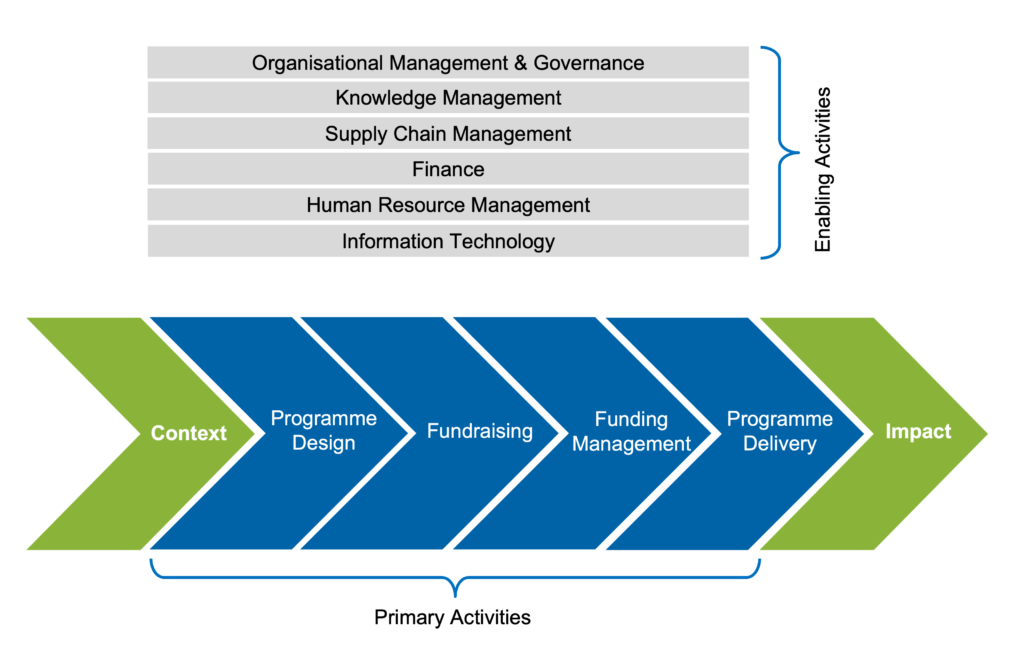
Why use the NGO Reference Model
By adopting this model, NGOs can align their processes, procedures, and terminology to industry standards, making it easier to collaborate with other organizations and government agencies. This can help them achieve greater visibility and credibility in the community they serve and can also help when considering how and where to digitize processes.
Additionally, the NGO Reference Model encourages NGOs to evaluate their effectiveness in terms of measurable outcomes rather than just activities or inputs. This helps ensure that resources are being used efficiently and effectively to achieve maximum impact. Overall, the NGO Reference Model is a powerful tool that can help NGOs become more accountable, transparent, efficient, and effective – ultimately leading to better results for those they seek to serve.
With Amp Impact as a tool for managing project and program data–measuring and tracking progress toward goals outlined by the model as well as the activities supporting those goals–nonprofits can use real-time insights to make data-driven changes and decisions.
How Amp Impact Aligns with the NGO Reference Model
- Program Design: Amp Impact provides a comprehensive framework to establish well-defined objectives that align with the mission, while enabling strategic mapping to thematic areas and geographies. It enables defining frameworks and measuring impact through quantitative and qualitative indicators and facilitates financial management, including managing budgets, allocations, and disbursements. Amp Impact’s Risk Management module provides functionality for risk identification, monitoring, mitigation, and response.
- Program Delivery: Amp Impact’s Work Planning functionality empowers organizations to meticulously plan all activities required for successful project execution. This includes setting up tasks and milestones, connecting them to Outputs, Outcomes, and/or Indicators, defining dependencies, providing a visual representation through a drag-and-drop Gantt chart, and facilitating seamless download and upload of Excel-based work plans. Furthermore, the Resource Planning functionality enables the management of roles, positions, and assignments as well as the management of goods, services, and procurement requirements. Performance graphs, reports, and dashboards are automatically populated with real-time data, providing key insights to stakeholders for evaluation and learning opportunities, reporting, and effective communication. Amp Impact can be integrated with Salesforce Nonprofit Cloud for Programs and/or with offline mobile data collection tools to create automated, powerful two-way flows of data between field, local and national offices, and headquarters.
- Fundraising: Built natively on the Salesforce Platform, Amp Impact seamlessly integrates with Salesforce Nonprofit Success Pack and Nonprofit Cloud, tools used for fundraising by over 40,000 NGOs. All Amp Impact features can be connected to and embedded into Salesforce Opportunities (i.e. Donations or Grants) and/or Donor Organization records, making it easy to manage donor reporting schedules, narrative and impact reports, thematic and geographic areas of interest to donors, and earmarking of funds to specific outcomes, outputs, or activities. This is especially powerful for institutional fundraising but can also be useful for informing individual fundraising and communicating progress back to individual donors.
- Funding Management and Finance: Amp Impact’s Funds and Allocations objects can be used to map which restricted and unrestricted funds are funding which programs, projects, outcomes, outputs, activities, thematic areas, or geographic areas. The flexible structure enables organizations to manage funds the way they and their donors need to, and allows the approach to be easily adjusted over time as organizational or donor needs and priorities evolve. When using Amp Impact Allocations in combination with Amp Impact Financials, organizations can ensure that budget lines and expenditure line up with allocations so that providing budget vs actual reports internally and to donors is easier. Users can build budgets and report on expenditure using Amp Impact’s friendly Excel download/upload templates. Additionally or alternatively, Amp Impact can integrate with ERP systems–like Unit4, Oracle, SAP, and Dynamics – used for more sophisticated or complicated accounting.
- Monitoring: Amp Impact’s sophisticated indicator management functionality enables organizations to set up and oversee standard and program-specific indicators. Indicator targets and results can be disaggregated at any geographical level and in other ways, as needed. They can also be tagged with relevant thematic areas and objectives, allowing organizations to monitor progress and impact across a portfolio of projects and programs in addition to doing more granular analysis. Amp Impact can be integrated with sophisticated business intelligence tools like Tableau and PowerBI to provide rich, dynamic visualizations that facilitate data exploration and storytelling.
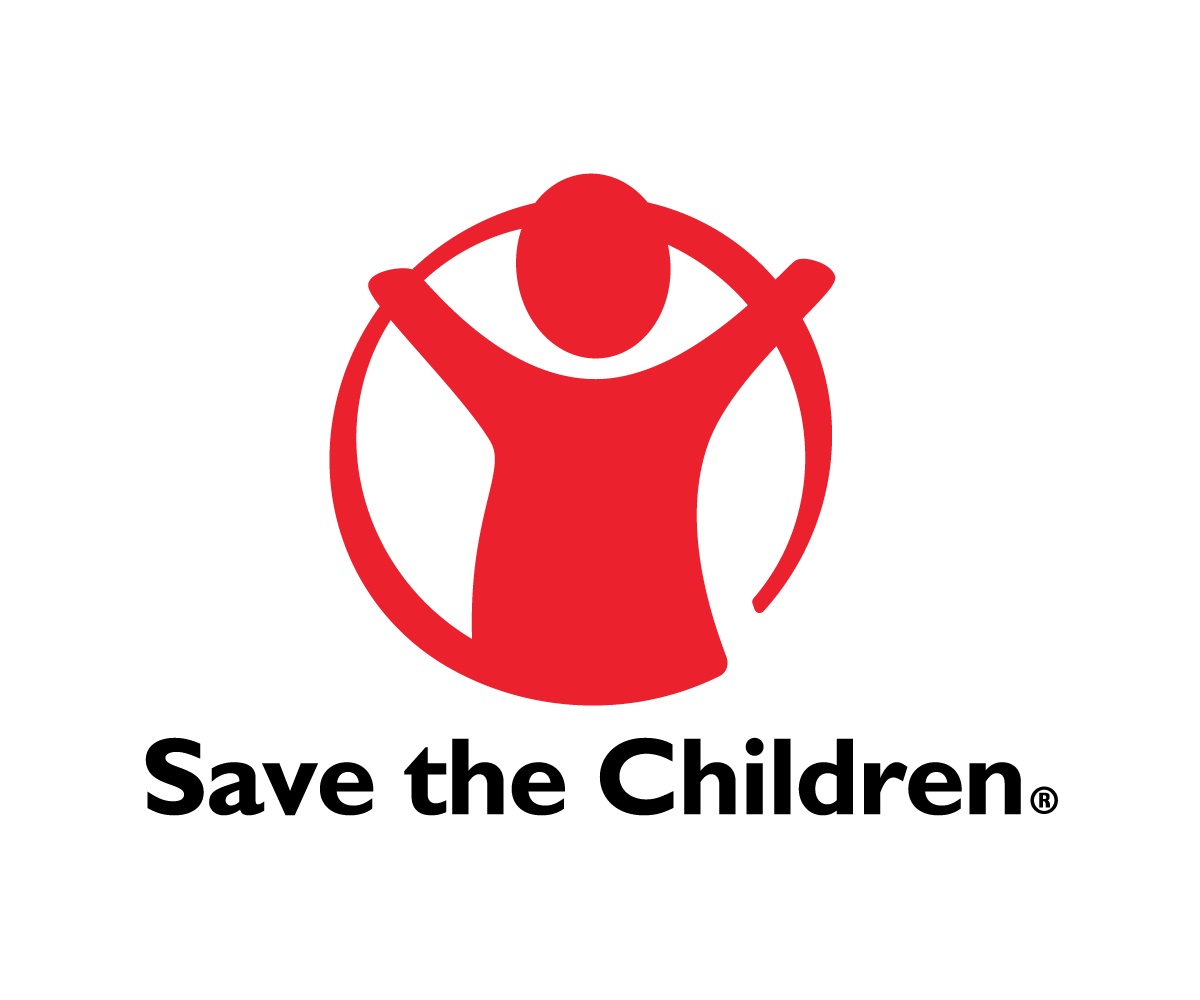
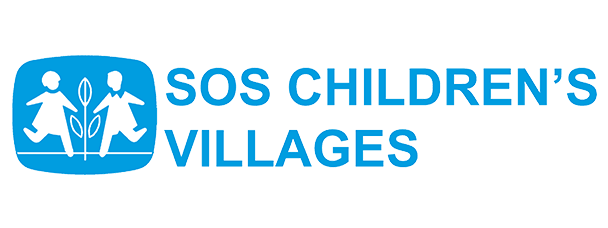
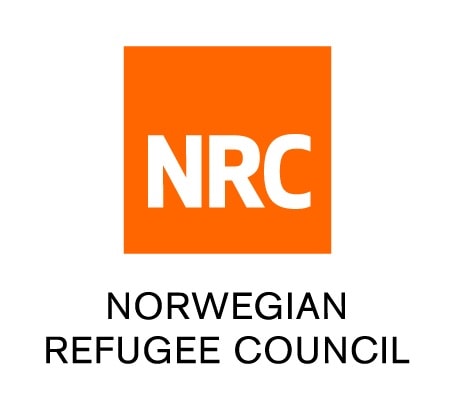
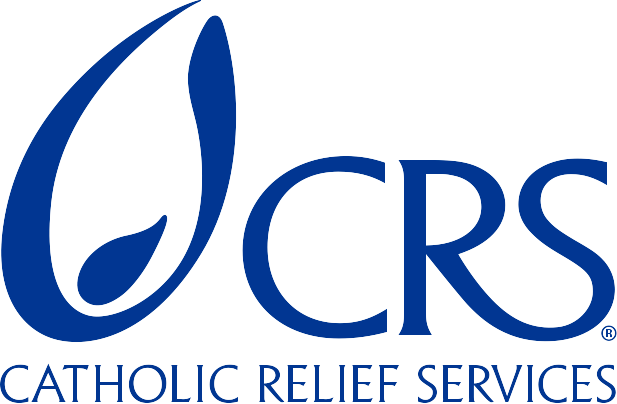
Why Choose Amp Impact and Vera Solutions?
A mission-driven social enterprise and Certified B Corporation® with over 12 years of experience working with nonprofits, Vera Solutions has been a leader in developing program management and impact measurement solutions on the Salesforce Platform.
Currently, over $9.5 billion of programs, grants, and projects advancing the UN Sustainable Development Goals are managed using Vera’s flagship product, Amp Impact. Our team has both extensive knowledge of the nonprofit sector and deep experience in delivering the right solutions for a wide range of clients.
• A large pool of highly skilled and experienced Salesforce Consultants, with over 300+ active
Salesforce certifications and counting
• Experience successfully delivering over 1,000 projects in the social sector
• Over 420 customers globally
• A dedicated team located across 5 continents, covering 12 languages
As a long-time Salesforce International Impact Partner and a Salesforce Summit Consulting Partner, we’ve been dedicated to the Salesforce ecosystem for more than 12 years. With the growth of Amp Impact, Vera Solutions has also been recognized twice as Salesforce.org Product Partner of the Year (2019, 2022) and with a Partner Innovation Award (2021).
Conclusion
NGOs are integral to making a positive impact on our world, but managing and measuring their efforts can be challenging. The NGO Reference Model provides a framework for improving accountability and efficiency in the sector. Amp Impact is an innovative platform that aligns with this model by providing tools to track performance, manage program and financial data, and communicate results effectively.
By using Amp Impact alongside the NGO Reference Model, organizations can improve their operations and make meaningful contributions towards Sustainable Development Goals.

